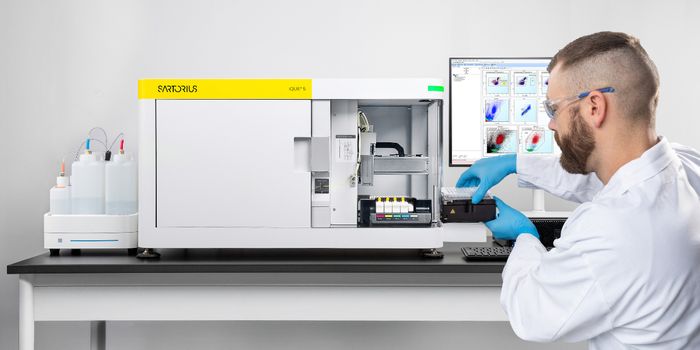Expanding Our Understanding of the Molecular Impact of Alcohol
New Year’s Eve, a holiday that’s often toasted with alcohol, is rapidly approaching. Many people will experience the intoxication that comes with imbibing alcohol. Scientists at Scripps Research Institute are learning more about the physiological mechanisms that underlie that feeling. Reporting in the Journal of Molecular Biology, they have identified molecules on the surface of nerve cells that are a crucial part of the intoxication process.
Fruit flies are a common molecular research model, and we know a lot about them, their genome, and how to manipulate them for research purposes. It’s been established, for one, that fruit flies get drunk on alcohol. They were used in this work. Led by Scott Hansen, Ph.D., an associate professor in the Department of Molecular Medicine, a team of investigators exposed fruit flies to ethanol to study how it exerted its impact.
The flies respond to alcohol in a way that parallels the effect in humans. "They [the flies] act just like people," Hansen explained. "They start losing coordination. They literally get drunk."
Alcohol can act like an anesthetic. It generates a buzzed feeling initially, and then a sedative effect kicks in, explained Hansen. The researchers want to know how that happens.
The researches knew about a process at work where anesthetics are concerned; they decided to look at how that anesthetic mechanism was impacted by alcohol. They began with an enzyme found on the membranes of nerve cells (neurons), called phospholipase D2 or PLD2, which connects ethanol molecules to fats in the membrane. The enzyme can act to catalyze several processes inside the neuron. It generates phosphatidylethanol (PEtOH), a fatty alcohol metabolite, which builds up and makes the neuron easier to fire, and creates hyperactive flies.
"With hyperactivity you see the flies run around more, and this is what we equate to being buzzed," Hansen said.
The researchers genetically engineered flies that lacked the enzyme that generates the PEtOH metabolite. When that signal was lost from the flies, they stopped becoming hyperactive.
This research, said Hansen, is the first to demonstrate that this pathway is involved in alcohol sensitivity. More work will be necessary to determine whether the metabolite is also linked to the sluggishness of the flies after their initial buzz and if it’s part of feeling hungover. Hansen’s team is at work on these questions.
If we understand how alcohol is impacting the body on a molecular level, Hansen suggested that it might be possible to create an antidote to alcohol intoxication or a cure for a hangover. It will also have to be demonstrated that these mechanisms are the same in people. There are reasons to think it will, however.
"The fatty alcohol is known to linger in the brain for more than 16 hours making it a likely target," Hansen added. "Also, understanding this pathway could give insight as to why people use alcohol for pain management."
"It has definitely led to some different ways of thinking about alcohol intoxication at the molecular level," Hansen said. "Most scientists thought alcohol had a direct effect. Blocking the enzyme in flies shows that's not likely true."
Learn more about what drinking does to the body from the video.
Sources: AAAS/Eurekalert! via Scripps Research Institute, Journal of Molecular Biology









